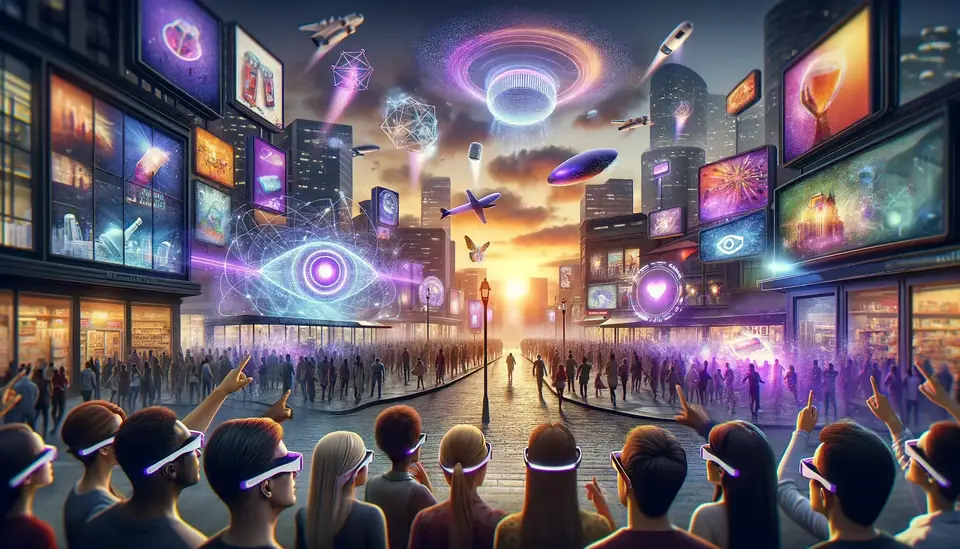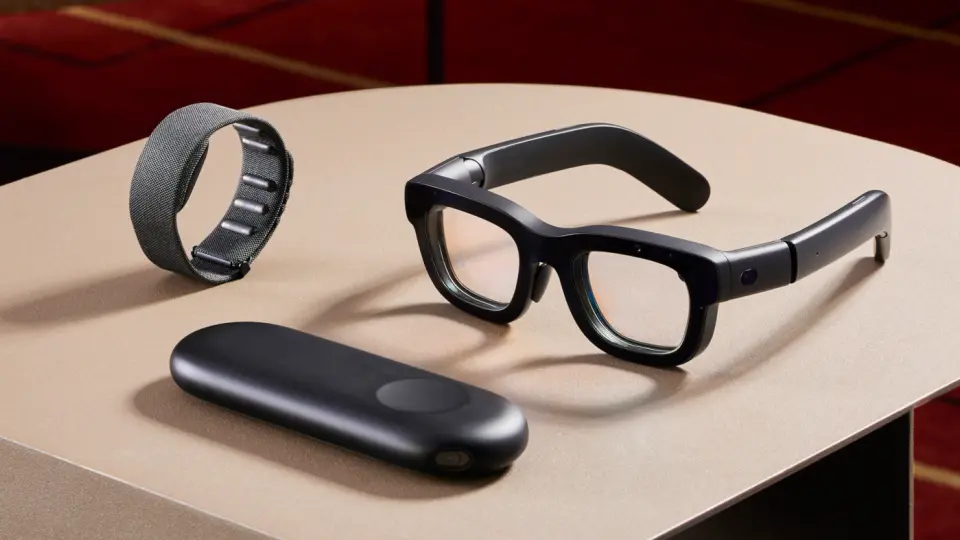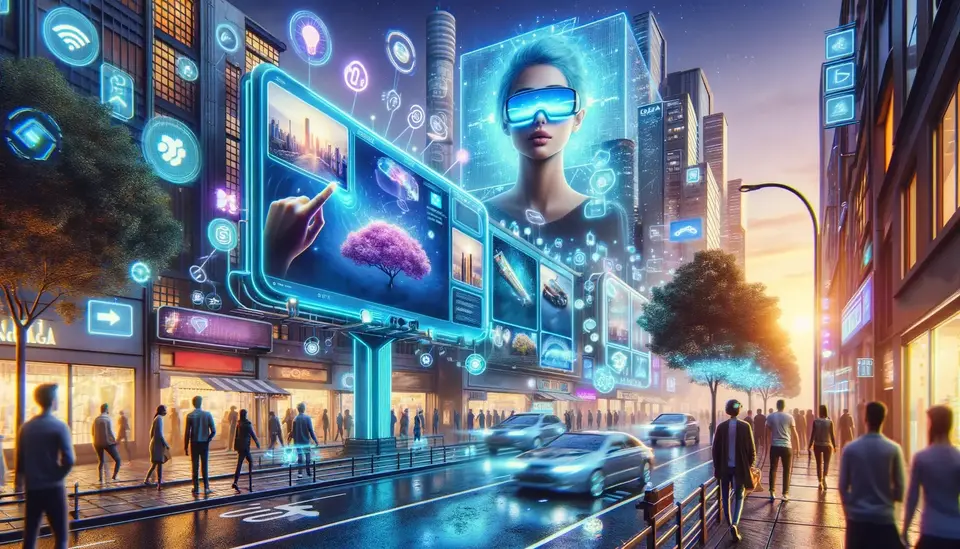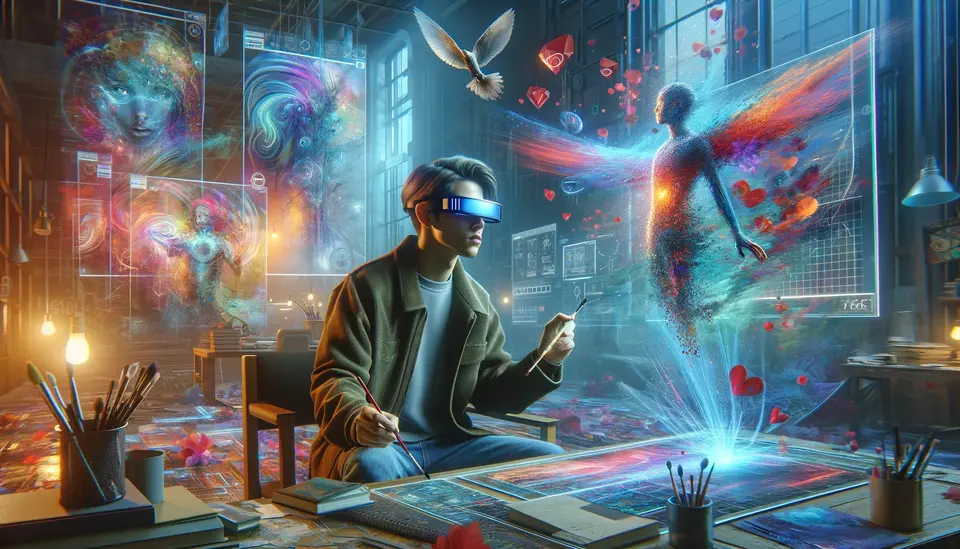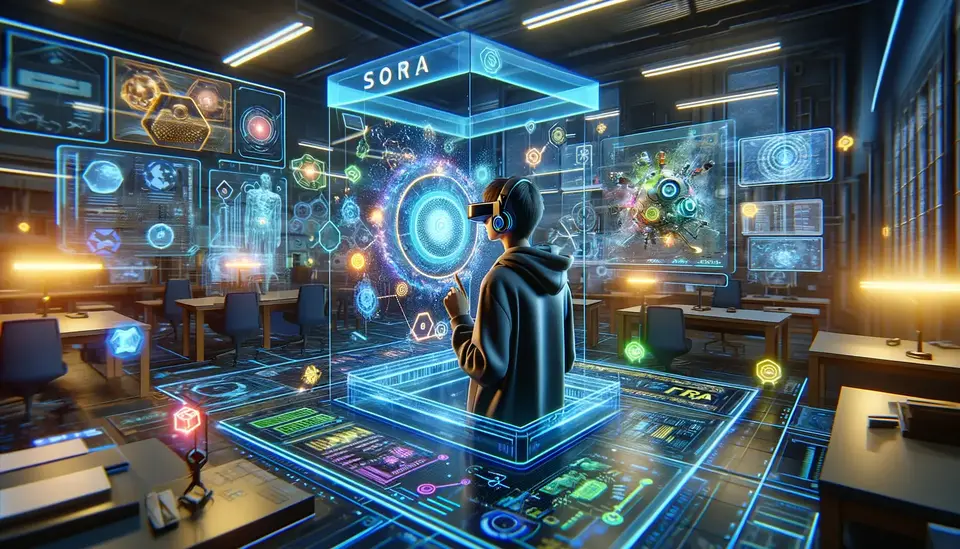Real Examples and Use Cases of Augmented Reality (AR) in Advertising
Posted on March 11, 2024 4 minutes 780 words
Table of contents
Introduction
In the rapidly evolving world of advertising, Augmented Reality (AR) emerges as a beacon of innovation, reshaping the way brands interact with consumers. This blog post aims to dive into the transformative role of AR in advertising, exploring how it’s not just enhancing traditional advertising methods but creating entirely new paradigms of engagement and interaction. From interactive campaigns to personalized consumer experiences, we will explore the real-world examples of AR that are setting new benchmarks in the advertising industry.
The Rise of AR in Modern Advertising
AR’s journey in advertising represents a blend of technological advancement and creative exploration. Its ability to overlay digital information onto the physical world has opened new doors for advertisers to engage with their audience. Unlike traditional mediums, AR provides a unique, immersive experience, making it an invaluable tool in the arsenal of modern advertising. By transforming passive audiences into active participants, AR has redefined the essence of consumer engagement, setting a new standard for how brands communicate and connect with their audience.
Showcasing Real Examples of AR in Advertising
Augmented Reality (AR) is not just transforming the advertising industry; it’s redefining the very essence of how brands engage with consumers. In this section, we will delve into some groundbreaking real-world examples where AR has been leveraged to create innovative, interactive, and highly impactful advertising campaigns. These examples showcase AR’s ability to connect with audiences in ways that traditional advertising methods cannot.
Interactive AR Campaigns
-
Fashion Retailer’s Virtual Try-On
-
A leading fashion retailer introduced an AR-powered virtual try-on feature within their app, enabling customers to visualize clothes on themselves using their smartphone cameras. This immersive experience blurred the lines between online and in-store shopping.
-
Impact Analysis: The campaign led to a significant increase in customer engagement and a measurable boost in online sales. It demonstrated how AR could bridge the gap in the online shopping experience, providing a near-real feel of in-store shopping.
-
Enhancing Brand Engagement
- Beverage Company’s AR Experience
- A global beverage company launched an AR campaign where users could interact with virtual brand elements using their smartphones in public spaces. This campaign included interactive games and photo opportunities with virtual brand mascots.
- Engagement and Virality: The campaign gained widespread attention, with participants sharing their experiences on social media, thus amplifying the brand’s reach and creating a viral marketing phenomenon.
Improving Consumer Experience
- Automotive Brand’s Customization Experience
- In an innovative AR campaign, an automotive brand allowed users to customize a car model in AR. Users could change features like color and accessories and see the car in their actual driveway, creating a personalized connection with the product.
- Consumer Response: This approach transformed the automotive buying experience, allowing customers to interact deeply with the product before purchase, leading to increased interest and higher dealership footfall.
Personalization in Advertising
- Cosmetics Brand’s Virtual Makeup Application
- A cosmetics brand integrated AR into its app, letting users try on makeup virtually. This feature used facial recognition technology to apply different makeup products accurately to the user’s live image.
- Sales and Customer Satisfaction: The campaign was highly successful, driving up online sales and significantly reducing product returns. Customers appreciated the ability to experiment with various looks without the commitment of a physical purchase, leading to a more confident and satisfying shopping experience.
These examples underscore the powerful impact of AR in the realm of advertising, offering a glimpse into the future of brand-consumer interactions. By merging the digital with the real, AR enables brands to create more engaging, interactive, and personalized experiences. As technology continues to evolve, AR stands poised to further revolutionize the advertising landscape, offering endless creative possibilities.
Transformative Impact of AR in Advertising
Augmented Reality in advertising is not just a trend; it’s a transformative force. These examples illustrate how AR can create immersive, engaging experiences that transcend traditional advertising boundaries. By enabling interactivity and personalization, AR is redefining the way brands communicate with their audience, resulting in higher engagement, stronger brand loyalty, and more effective campaigns.
The Future of AR in Advertising
The potential of AR in advertising is vast and still largely untapped. As technology advances, we can expect even more innovative and immersive AR experiences, further blurring the lines between the digital and physical worlds. The future of AR in advertising promises more personalized, interactive, and engaging campaigns that cater to the evolving preferences of a tech-savvy consumer base.
Conclusion
Augmented Reality is revolutionizing the advertising landscape, offering brands innovative ways to engage, interact, and connect with their audiences. As we continue to embrace and innovate in this space, AR stands poised to redefine the essence of advertising in the digital age.

